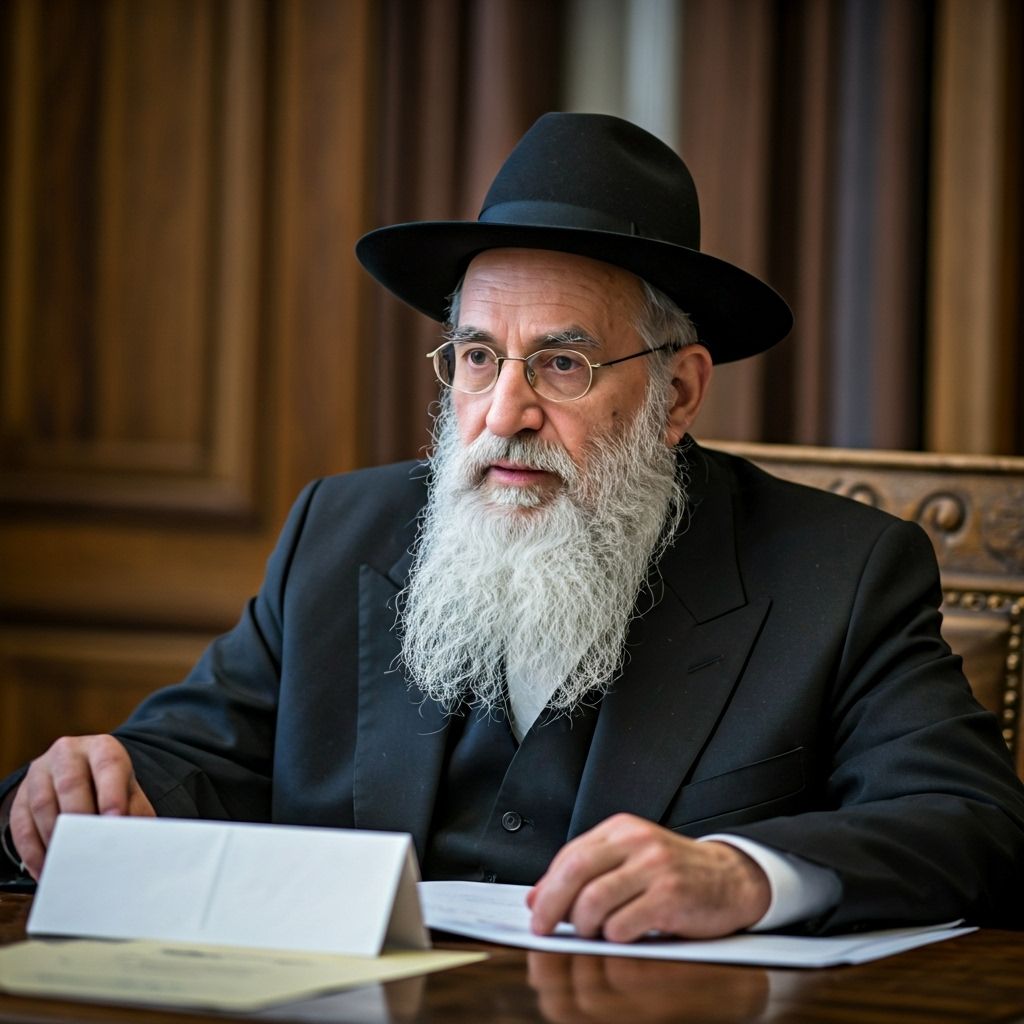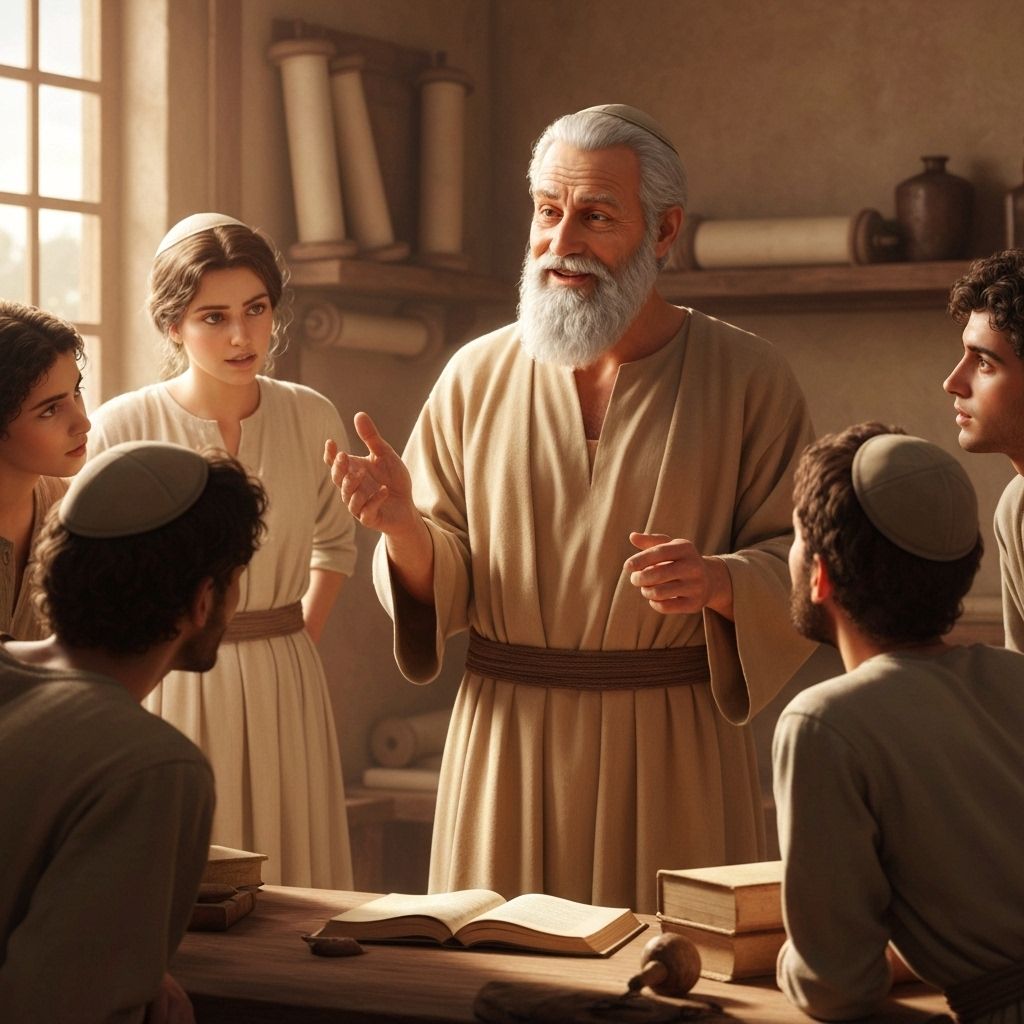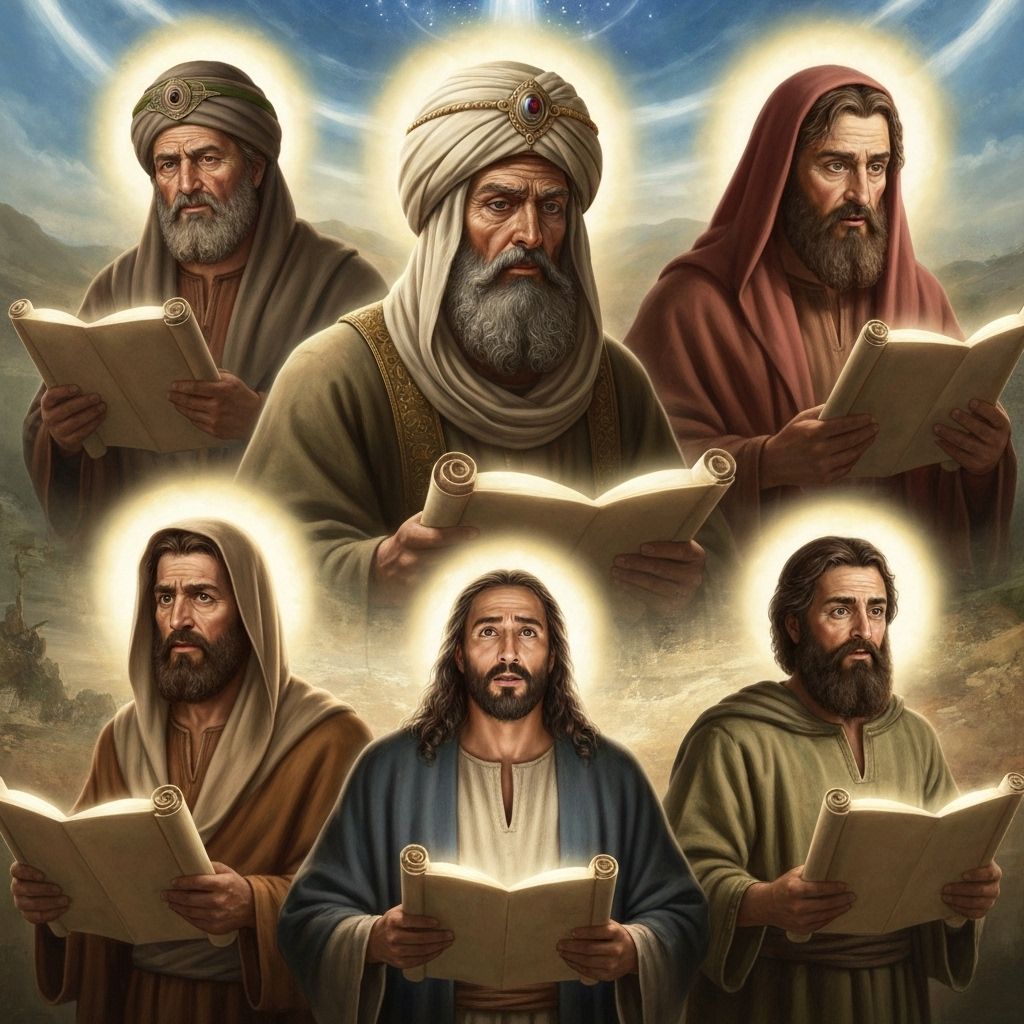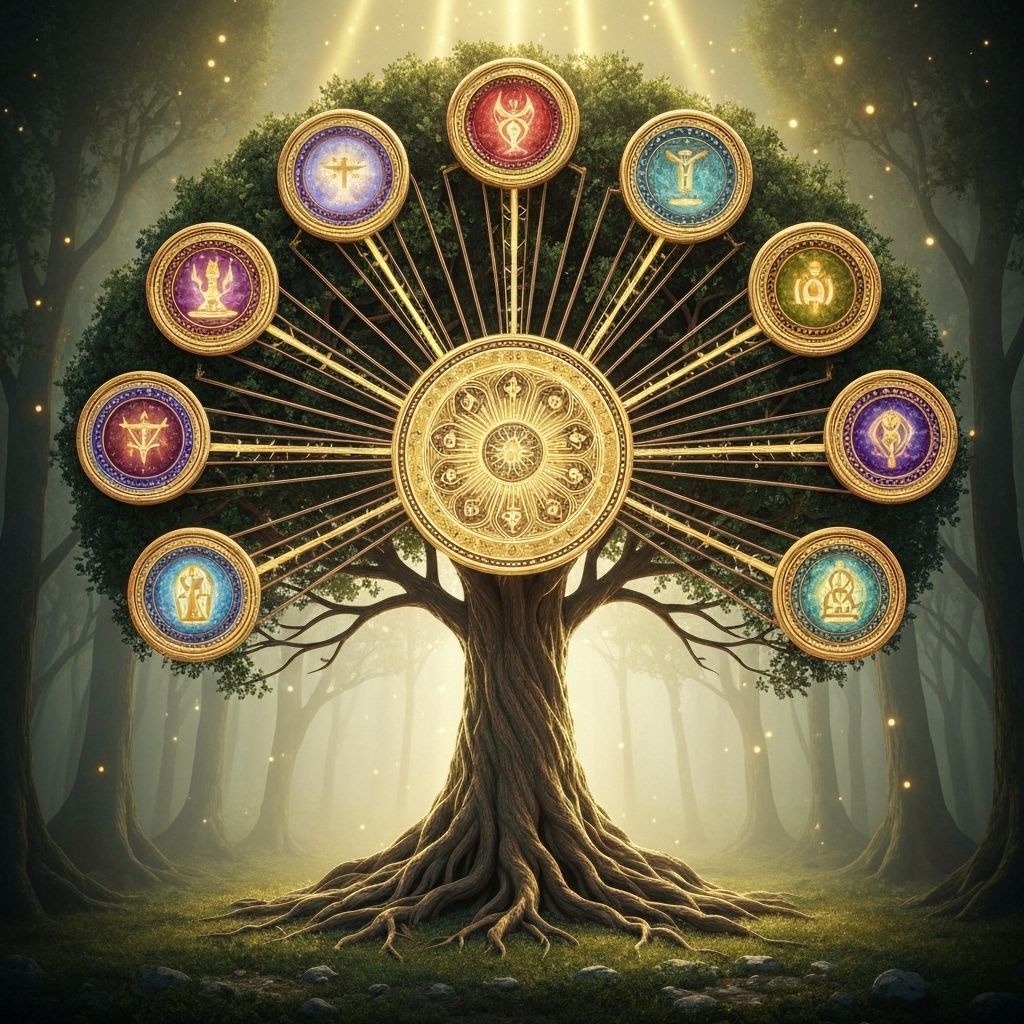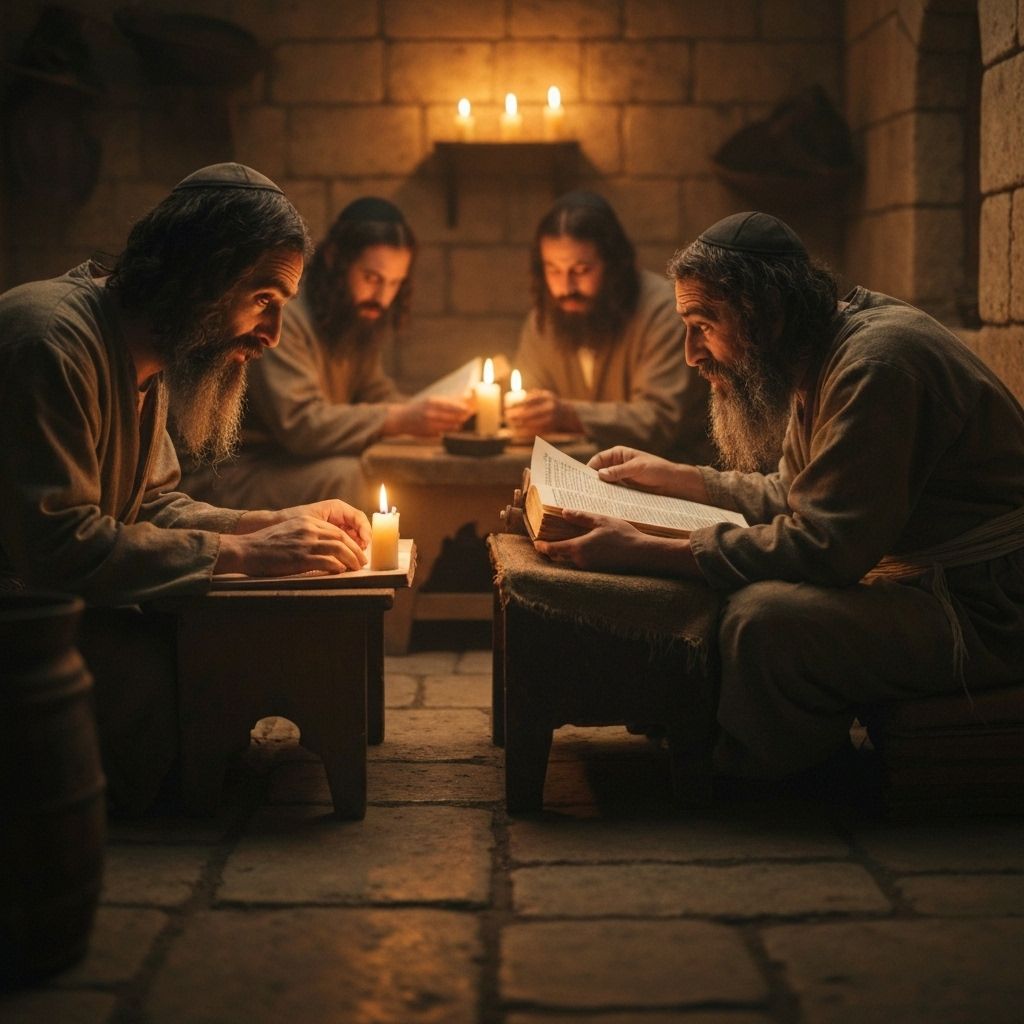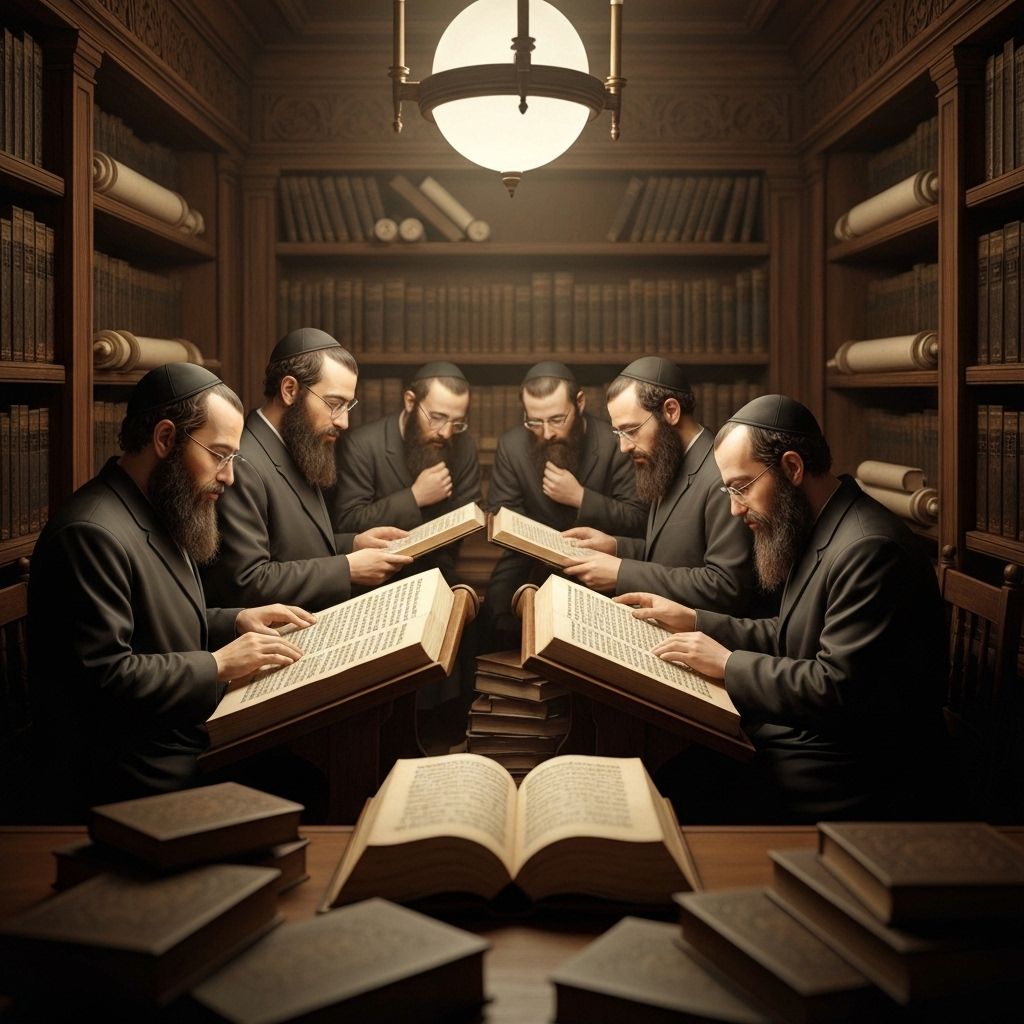3-Minute Summary
The Words of the Torah Explained with Help from Rashi and Ramban
Rashi (1040-1105) was a medieval French rabbi whose commentary on the Torah and Talmud is considered essential reading. His explanations focus on the plain meaning of the text and are known for their clarity and accessibility.
Ramban (1194-1270) was a Spanish rabbi, physician, and philosopher who provided deeper mystical and philosophical insights into the Torah, often building upon Rashi's work while adding his own profound interpretations.
The parsha begins with Hashem commanding Moses to instruct Aaron and his sons about their priestly responsibilities. This command emphasizes that priesthood is not assumed but taught and transmitted, requiring both divine appointment and human instruction.
The burnt offering procedures detail how the priest must arrange the wood, skin the offering, cut it into pieces, and wash the entrails. This meticulous process shows that divine service requires precision and care in every aspect of ritual performance.
The fire on the altar must remain burning continuously, symbolizing eternal divine presence and the ongoing nature of spiritual service. The priests are responsible for maintaining this fire, showing that divine energy requires human stewardship.
The meal offering procedures include mixing the oil and frankincense, requiring the priest to burn a handful as a memorial portion. This offering teaches that even grain offerings require priestly involvement and that some portion must be completely dedicated to Hashem.
The sin offering details specify different procedures for the high priest, congregation, leader, and individual. This gradation shows that atonement considers both the status of the sinner and the nature of the transgression, providing appropriate pathways for different circumstances.
The guilt offering requires the priest to perform specific rituals with the blood and fat, emphasizing that atonement involves both purification and elevation. The remaining meat belongs to the priest, establishing that priests are sustained through their sacred service.
The ordination offering (miluim) for Aaron and his sons involves a week-long consecration ceremony with special garments and offerings. This process transforms ordinary men into sacred vessels, requiring both external rituals and internal transformation.
The parsha establishes that certain portions of offerings belong to the priests—these terumot (heave offerings) provide for their sustenance while they serve in the Mishkan. This system ensures that those dedicated to divine service can focus on their sacred duties without material concerns.
Priests must eat consecrated food in a state of ritual purity, and those who are impure may not partake. This requirement emphasizes that sacred privileges come with sacred responsibilities and that spiritual status requires appropriate conduct.
The parsha concludes by reinforcing that the priesthood is eternal ('for all their generations'), establishing that divine service creates a permanent legacy that continues through proper transmission and consecration.

